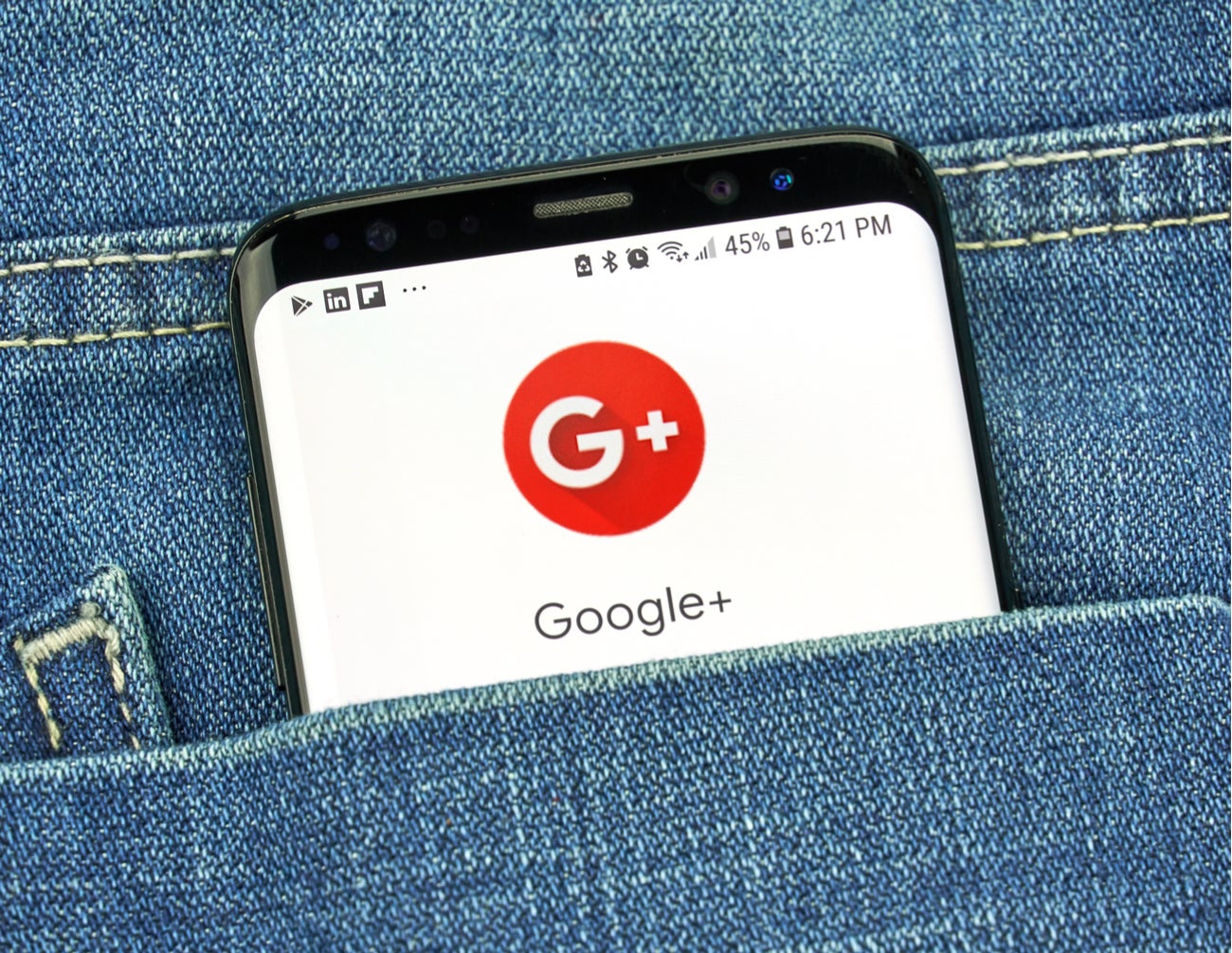
The Google+ shut down will begin today, as the search giant concedes that it won’t be able to break Facebook’s social media dominance.
A number of early failures led to the platform’s demise (notably failing to offer something that hadn’t been done already), yet it continued to struggle along for eight years.

Access deeper industry intelligence
Experience unmatched clarity with a single platform that combines unique data, AI, and human expertise.
The failed social media platform, which was sentenced to death by a data breach that exposed the records of more than 50 million users, joins more than 150 products in the Google graveyard.
Here, according to data from Killed By Google, are 10 products that make the life of Google+ look like an eternity in comparison.
Quickoffice – 2013 to 2014 – 4 months
Quickoffice was Google Docs before Google Docs.
The suite of productivity tools was made up of apps designed for viewing, creating and editing documents on mobile through word processor, spreadsheet and presentation programs.

US Tariffs are shifting - will you react or anticipate?
Don’t let policy changes catch you off guard. Stay proactive with real-time data and expert analysis.
By GlobalDataThe tools were purchased by Google in 2012. In 2013, Quickoffice was releases under the Google umbrella, but lasted just four months before it was shelved. Many of the features developed by Quickoffice have since found their way into Google Docs.
Reply – 2018 to 2018 – 8 months
Reply was a virtual assistant designed specifically for your messaging apps.
Created by Google’s experimental wing, Area 120, the mobile app allowed users to respond to messages with pre-defined responses on platforms like Facebook Messenger and Slack. It could adequately determine when the user was driving a car, sleeping or enjoying time off and respond appropriately.
However, Google shut down Reply in October 2018, telling its users that the “experiment has now ended”. Google instead plans to incorporate the technology into other products, having ended support of the standalone app.
Google Spaces – 2016 to 2017 – 9 months
Google Spaces was Google’s (second) attempt to rival Slack in private group messaging.
Users could create a “space” based around a particular topic and invite friends or colleagues to join that space. Users could share messages, images and videos amongst themselves. Google products such as YouTube, Search and Chrome were built in.
Launched in May 2016, the Spaces experiment was shut down after just nine short months.
Google Hands Free – 2016 to 2017 – 11 months
Google Hands Free allowed shoppers to pay for products with their face and voice.
The payment app used photo information and mobile location services to simplify the payment process. Customers could simply say to a cashier “I’ll pay with Google”, who would initiate the process, check the photo on the person’s Google Pay account and complete the transaction.
Google ended Hands Free support in February 2017, but admitted that the technology could find its way into future products.
Google Play Edition – 2014 to 2015 – 8 months
Google Play Edition was a series of Google smartphones that ran on Android. Basically the Nexus and Pixel, but not.
Google Play edition phones were quietly discontinued in 2015.
SlickLogin – 2013 to 2014 – 7 months
SlickLogin was a startup working on voice security technology, with the hopes of developing a sound-based alternative to passwords.
Google acquired the startup in 2014, but rather than continuing development of SlickLogin’s current projects, the sound startup has since gone quiet. It is likely that the acquisition signals Google’s future intent in this area.
Google Hotpot – 2010 to 2011 – 5 months
Google Hotpot was a platform that allowed users to rate and recommend businesses, restaurants and hotels.
The Google Hotpot name (and let’s be honest, it was pretty dreadful) has since been retired, but the Hotpot technology was incorporated into Google Places, which has since become the part of Google Maps that does the same job.
fflick – 2010 to 2011 – 6 months
fflick was a movie reviews website that users twitter metrics to gauge audience reactions.
Similar to Rotten Tomatoes and Metacritics, fflick would consider audience opinions to assign movies a score. It also provides a platform for movie buffs to track the recommendations of influential figures.
Fflick was purchased by Google in 2011 four months after it officially launched and was immediately discontinued.
Google Lively – 2008 to 2008 – 6 months
Google Lively was a web-based virtual world that hoped to rival the once popular Second Life.
Lively allowed internet users to create rooms where up to 20 people could access to chat and interact with their virtual surroundings. These rooms could be embedded onto other webpages or social platforms like Facebook.
However, after just six months Google announced that it was closing down its virtual space to “prioritize our resources and focus more on our core search, ads and apps business”.
Google Video Player – 2006 to 2007 – 12 months
The Google Video Player allowed users to watch videos in Google’s own video format.
This was part of the Google Video package launched in 2005, which was some sort of predecessor to YouTube before Google bought YouTube. Users could host video clips on the platform and embed them across the web. The Video Player allowed playback of the files in the Google Video File (.gvi) format.
Of course, with the purchase of YouTube in 2006, Google Video became obsolete, and so too did Google Video Player.







